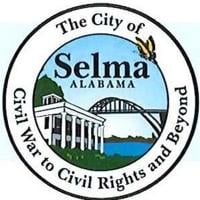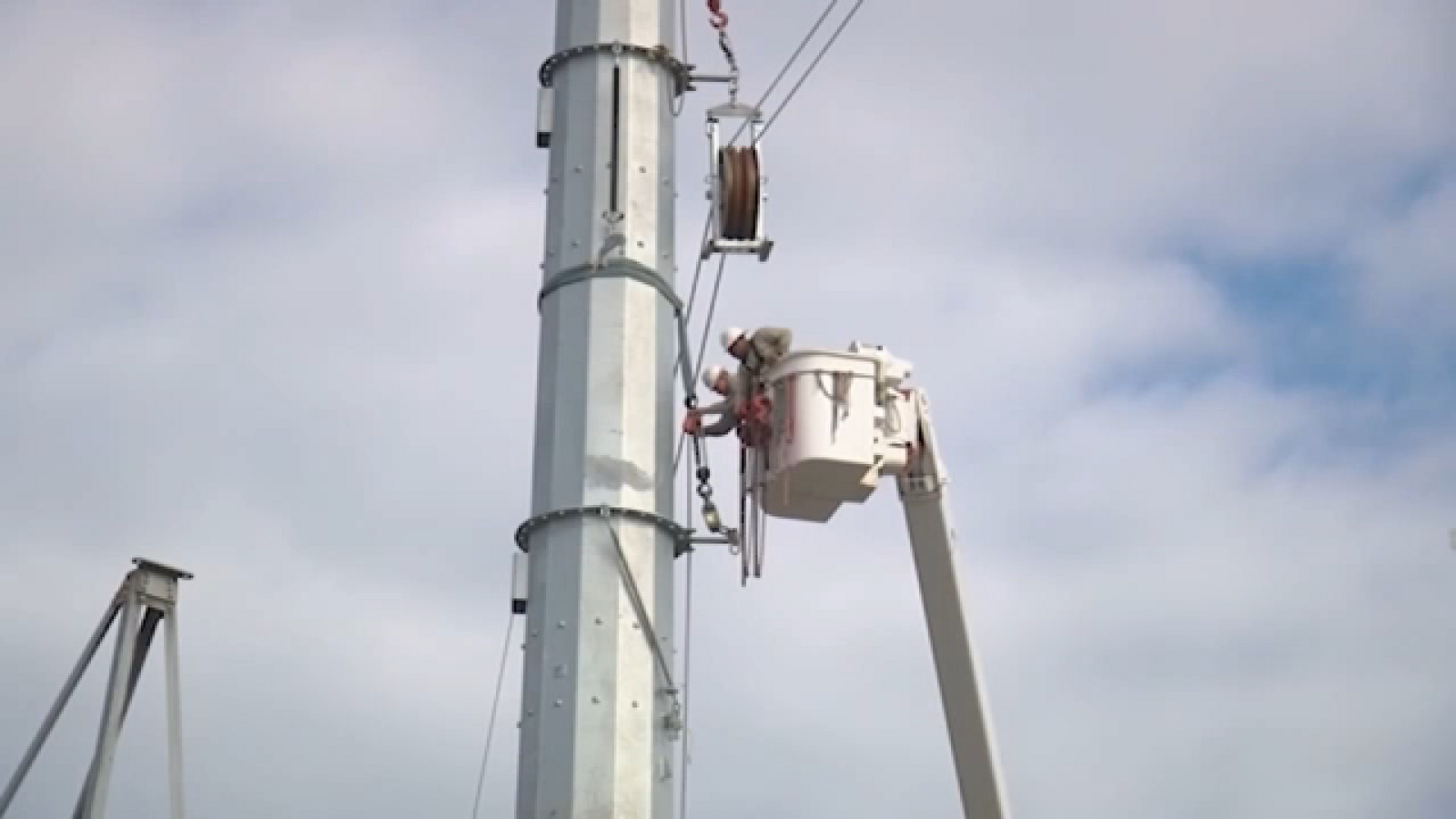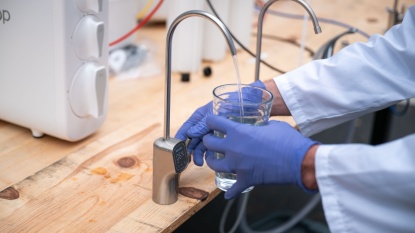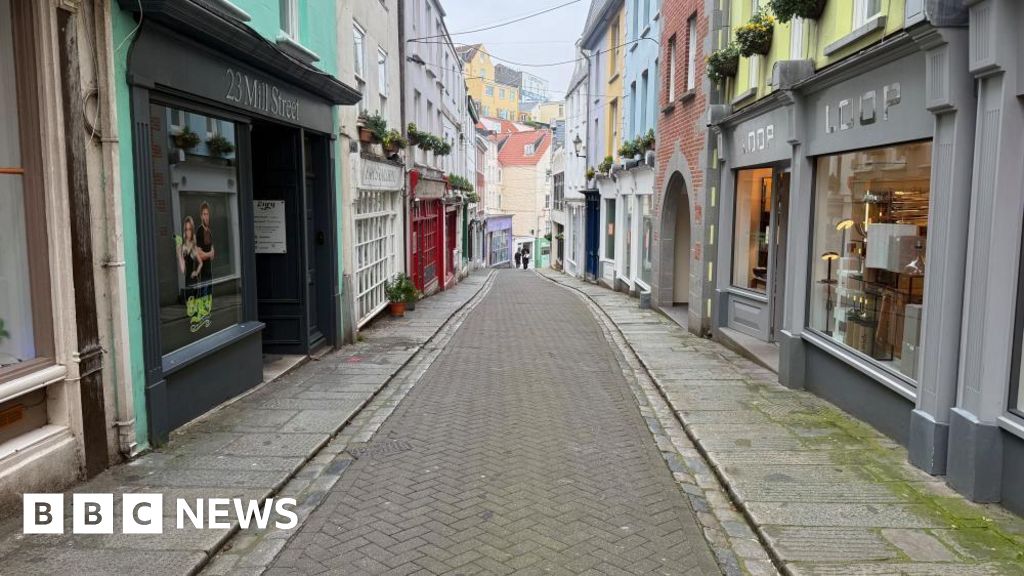Selma Waterworks and Sewer Board gets $5M loan to upgrade Valley Creek treatment plant – Black Belt News Network

Report on Infrastructure Investment for Sustainable Water Management in Selma, Alabama
Project Overview and Funding
The Selma Waterworks and Sewer Board has secured a loan of $4,988,312 from the Alabama Department of Environmental Management (ADEM) via the Clean Water State Revolving Fund. This financial allocation is designated for significant upgrades to the Valley Creek Wastewater Treatment Plant and its associated pump stations, directly supporting the development of sustainable and resilient community infrastructure.
Scope of Infrastructure Upgrades
The project encompasses a comprehensive modernization of critical water management components to enhance operational efficiency and environmental protection. Key upgrades include:
- Replacement of the heat exchanger.
- Installation of a new computerized monitoring system for the treatment plant and pump stations.
- Replacement of piping and compressors within the digesters.
- Replacement of the grit box.
- Installation of new backup generators at six separate pump stations to ensure service continuity.
Alignment with Sustainable Development Goals (SDGs)
This infrastructure project is in direct alignment with several United Nations Sustainable Development Goals (SDGs), demonstrating a commitment to long-term environmental and community well-being.
- SDG 6: Clean Water and Sanitation: The primary objective of upgrading the wastewater treatment plant is to improve sanitation services and the management of water resources, ensuring cleaner water for the community and the surrounding environment.
- SDG 9: Industry, Innovation and Infrastructure: This investment represents a critical step in building resilient infrastructure, promoting sustainable industrialization by modernizing essential public utilities.
- SDG 11: Sustainable Cities and Communities: By enhancing the reliability and safety of the wastewater system, the project contributes to making Selma a more sustainable and resilient city.
- SDG 14: Life Below Water: Improved wastewater treatment directly reduces the discharge of pollutants into the Valley Creek, protecting local aquatic ecosystems and biodiversity.
- SDG 17: Partnerships for the Goals: The loan from ADEM to the Selma Waterworks and Sewer Board exemplifies a crucial partnership between state and local entities to achieve shared sustainability goals.
Regulatory Status and Public Engagement
The Alabama Department of Environmental Management has determined that the project is exempt from requiring further environmental study. A public comment period is open until November 22. Written comments can be submitted to:
John Laney, SRF Section
Permits & Services Division
Alabama Department of Environmental Management
P.O. Box 301463
Montgomery, Alabama 36130-1463
Analysis of Sustainable Development Goals (SDGs) in the Article
1. Which SDGs are addressed or connected to the issues highlighted in the article?
-
SDG 6: Clean Water and Sanitation
- The article’s central theme is the upgrade of the Valley Creek Wastewater Treatment Plant and its pump stations. This directly addresses the core mission of SDG 6, which is to ensure the availability and sustainable management of water and sanitation for all. The loan is specifically from the “Clean Water State Revolving fund” to improve wastewater infrastructure.
-
SDG 9: Industry, Innovation and Infrastructure
- The project involves a significant financial investment to upgrade critical public infrastructure. By replacing outdated equipment like the heat exchanger, piping, compressors, and back-up generators, the initiative aims to build resilient, reliable, and sustainable infrastructure, which is a key component of SDG 9.
-
SDG 11: Sustainable Cities and Communities
- The improvements to the wastewater treatment system in Selma contribute to making the city more sustainable and resilient. Effective wastewater management is crucial for reducing the environmental impact of urban areas and protecting public health, aligning with the goals of SDG 11. The replacement of back-up generators specifically enhances the city’s resilience to service disruptions.
2. What specific targets under those SDGs can be identified based on the article’s content?
-
Target 6.3: Improve water quality by reducing pollution and halving the proportion of untreated wastewater.
- The project’s purpose is to upgrade a wastewater treatment plant. This action is fundamental to improving the quality of treated water discharged into the environment, thereby reducing pollution and increasing the proportion of wastewater that is safely treated.
-
Target 9.1: Develop quality, reliable, sustainable and resilient infrastructure.
- The article details the replacement of essential components like the computerized monitoring system, compressors, and back-up generators. These upgrades are aimed at enhancing the quality, reliability, and resilience of the sanitation infrastructure, ensuring it can function effectively and withstand potential disruptions like power outages.
-
Target 11.6: Reduce the adverse per capita environmental impact of cities, including by paying special attention to … municipal and other waste management.
- By improving the wastewater treatment plant, the city of Selma is directly addressing the management of its municipal wastewater. A more efficient and modern plant reduces the city’s environmental footprint by ensuring waste is processed more effectively before being released.
3. Are there any indicators mentioned or implied in the article that can be used to measure progress towards the identified targets?
-
Implied Indicator for Target 6.3: Proportion of wastewater safely treated (Indicator 6.3.1).
- While the article does not provide data, the entire project of upgrading the treatment plant is a direct action to increase the proportion of wastewater that is safely and effectively treated. The success of the project would be measured by this indicator.
-
Mentioned Indicator for Financial Investment: Amount of financial support for water and sanitation infrastructure.
- The article explicitly states the loan amount of “$4,988,312 from the Clean Water State Revolving fund.” This figure serves as a direct financial indicator of investment in water and sanitation infrastructure, which is related to the means of implementation targets like 6.a (expand international cooperation and capacity-building support).
-
Implied Indicator for Target 9.1: Investment in infrastructure development and upgrades.
- The nearly $5 million loan is a quantifiable measure of the investment being made to develop and upgrade the quality and reliability of local infrastructure. This financial commitment is a clear indicator of progress towards building more robust systems.
Summary Table of SDGs, Targets, and Indicators
| SDGs | Targets | Indicators |
|---|---|---|
| SDG 6: Clean Water and Sanitation | Target 6.3: By 2030, improve water quality by reducing pollution… and halving the proportion of untreated wastewater. | Implied: Progress towards increasing the proportion of wastewater safely treated (related to Indicator 6.3.1). Mentioned: Financial investment of $4,988,312 for sanitation infrastructure (related to Indicator 6.a.1). |
| SDG 9: Industry, Innovation and Infrastructure | Target 9.1: Develop quality, reliable, sustainable and resilient infrastructure… to support economic development and human well-being. | Implied: Investment in upgrading and enhancing the resilience of critical sanitation infrastructure (e.g., replacing back-up generators). |
| SDG 11: Sustainable Cities and Communities | Target 11.6: By 2030, reduce the adverse per capita environmental impact of cities, including by paying special attention to… municipal and other waste management. | Implied: Improvement in the management of municipal waste (wastewater) in a controlled facility (related to the principle of Indicator 11.6.1). |
Source: blackbeltnewsnetwork.com
What is Your Reaction?
 Like
0
Like
0
 Dislike
0
Dislike
0
 Love
0
Love
0
 Funny
0
Funny
0
 Angry
0
Angry
0
 Sad
0
Sad
0
 Wow
0
Wow
0


















































.jpg.webp?itok=0ZsAnae9#)



/environment-climate-change-and-health-(ech)/water-sanitation-hygiene-and-health-(wsh)/landfill-tuvalu-36092.tmb-1200v.jpg?sfvrsn=5c21fe40_1#)




















